
Deutsch-Chinesische Enzyklopädie, 德汉百科
 Provence-Alpes-Côte d´Azur
Provence-Alpes-Côte d´Azur
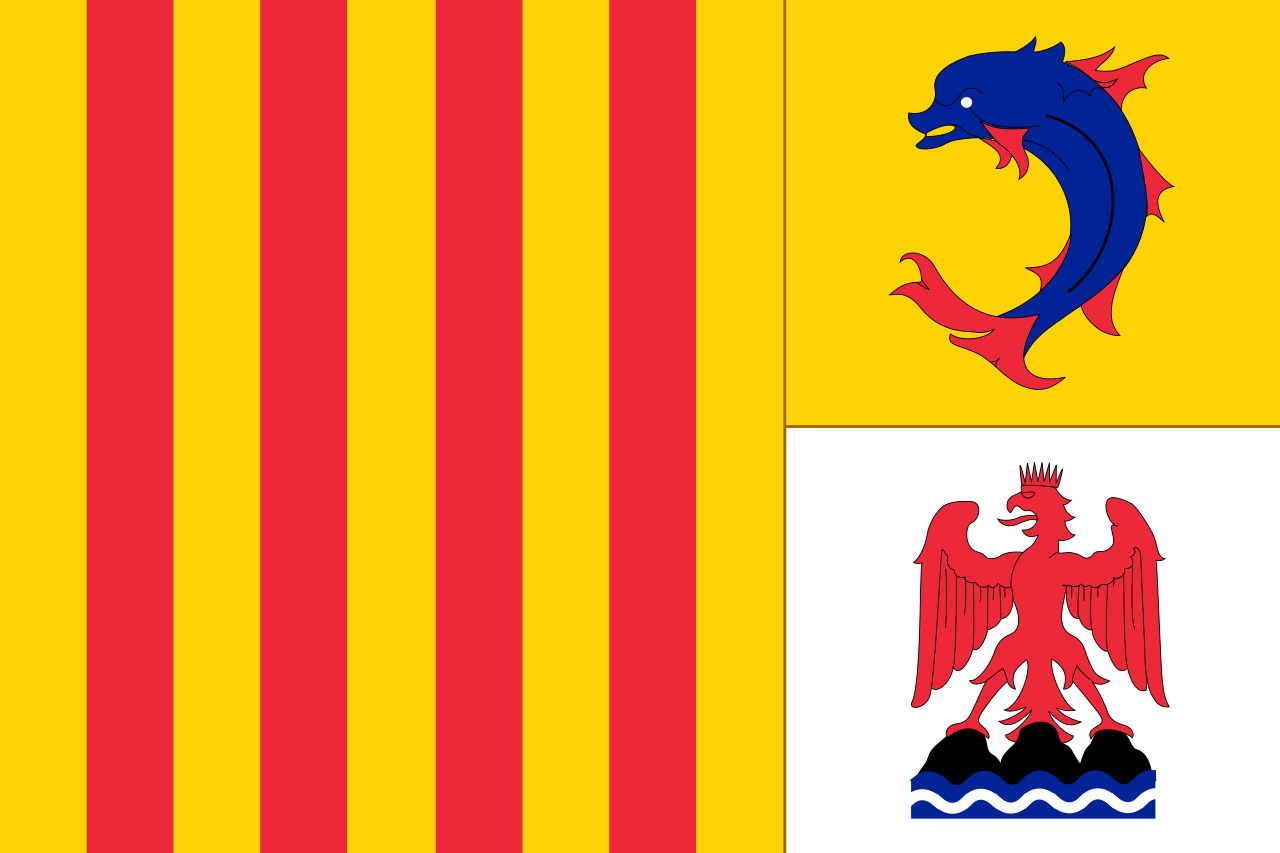
 *Mediterranean Sea
*Mediterranean Sea
 Albania
Albania
 Algeria
Algeria
 Bosnia Herzegovina
Bosnia Herzegovina

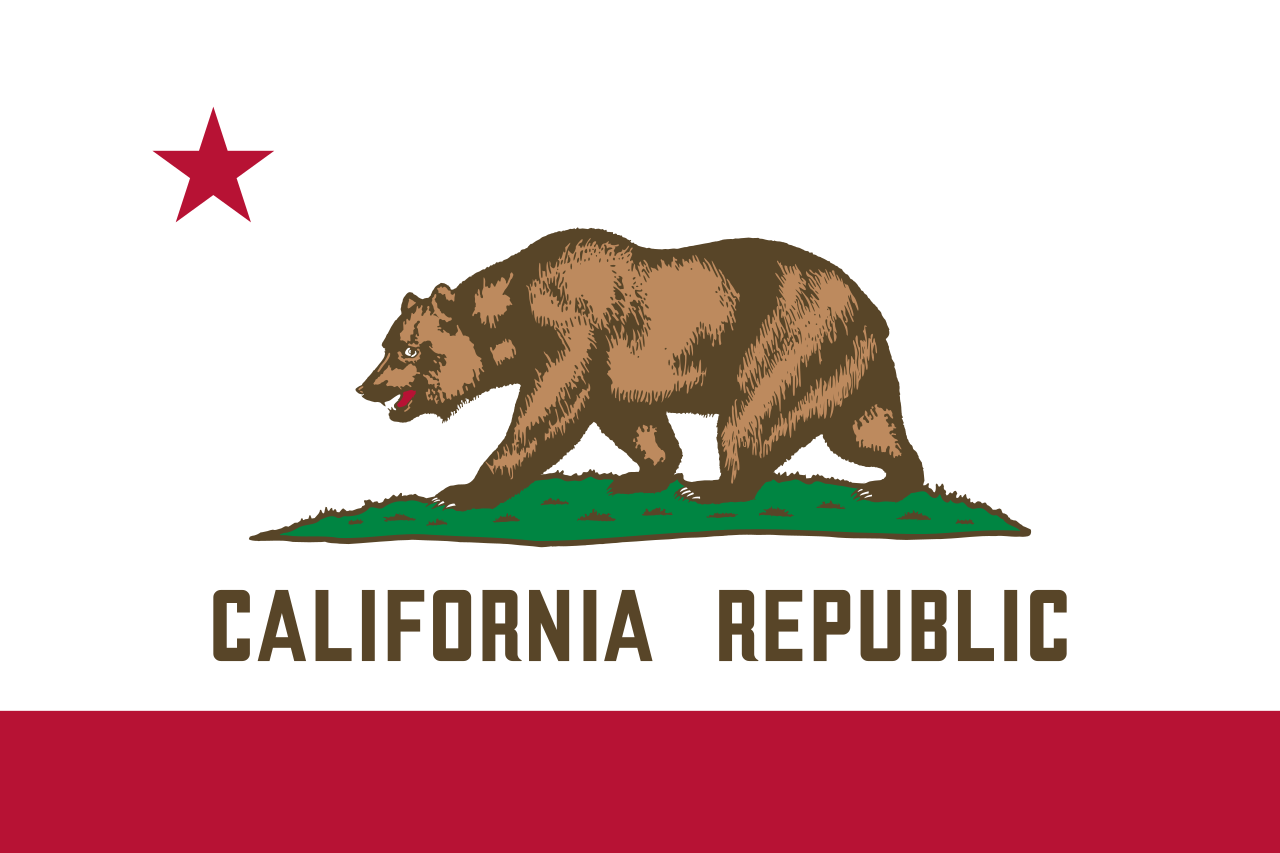 California-CA
California-CA
 Chile
Chile
 France
France
 Gibraltar
Gibraltar
 Greece
Greece
 Israel
Israel
 Italy
Italy
 Jordan
Jordan

 Climate
Climate
 Croatia
Croatia
 Libanon
Libanon
 Libya
Libya
 Malta
Malta
 Morocco
Morocco
 Monaco
Monaco
 Montenegro
Montenegro
 Portugal
Portugal

 Provence-Alpes-Côte d´Azur
Provence-Alpes-Côte d´Azur

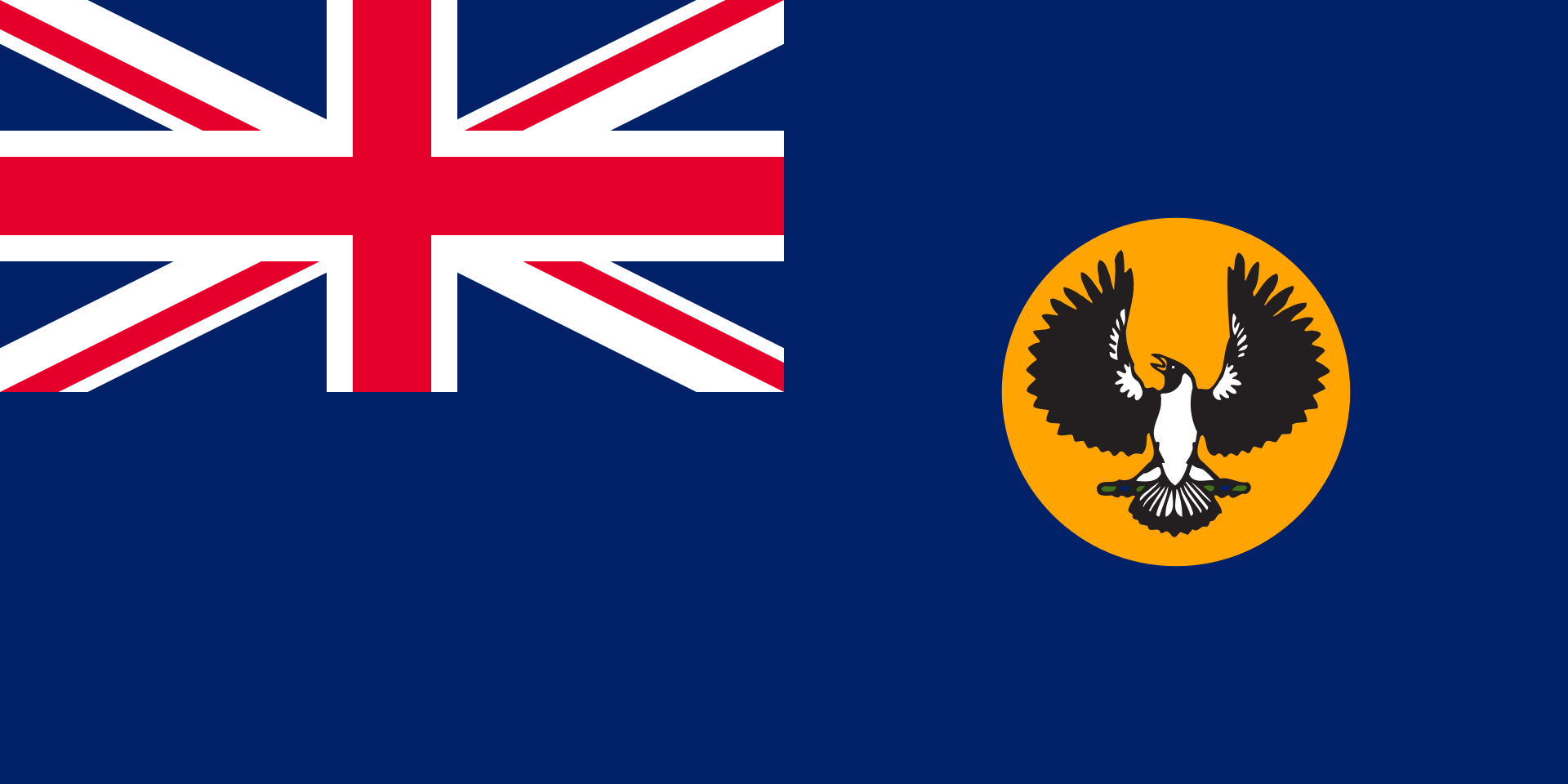 South Australia-SA
South Australia-SA
 Spain
Spain
 South Africa
South Africa
 Syria
Syria
 Tunisia
Tunisia
 Turkey
Turkey
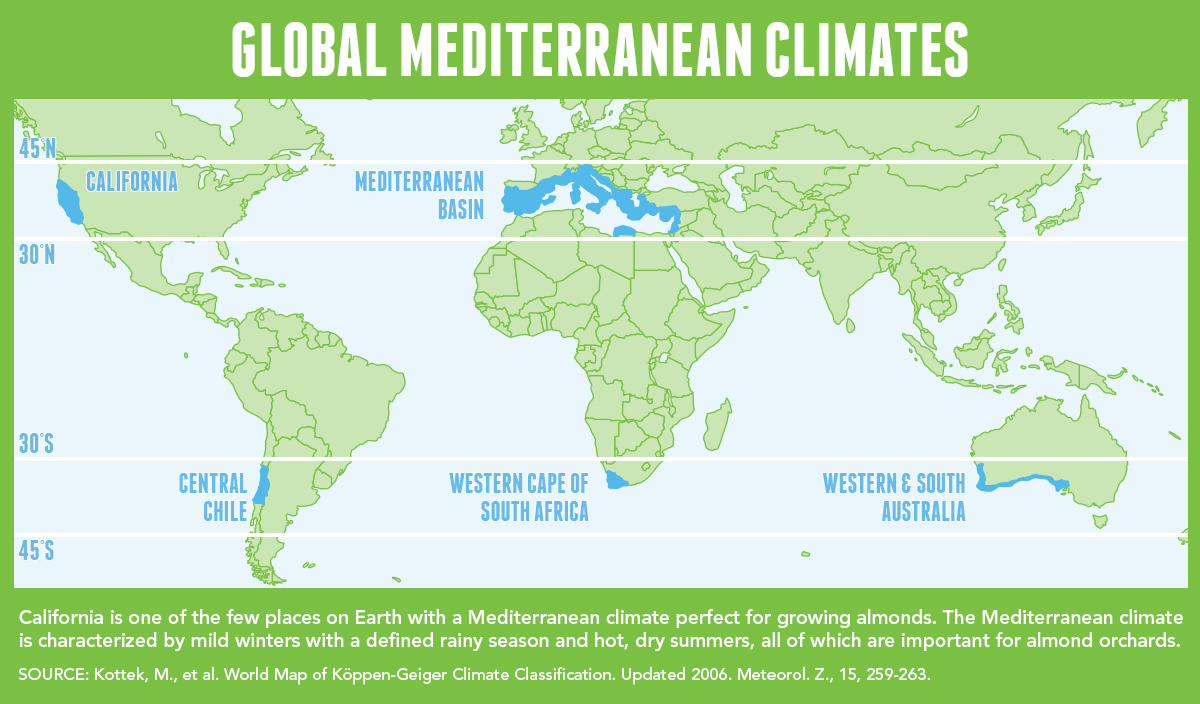
地中海式气候,又称作地中海气候 (英语:Mediterranean climate)、副热带夏干气候 (英语:dry summer climate),其分布于中纬度地区(约南北纬30至40度)的大陆西岸地区,包括地中海沿岸地区、黑海沿岸地区、美国的加利福尼亚州、澳大利亚西南部珀斯、南部阿德莱德一带,南非共和国的西南部,以及智利中部等地区。
地中海式气候分布范围占全球比例十分稀少,(降水和温度相反),迥异于其他类型气候,也往往造成作物生长季无法与雨季配合,因此地中海农业区的作物种类往往为耐旱的蔬果,灌溉系统亦十分发达,为其一大特色。其气候特征是:夏季炎热干燥,冬季温和多雨。
Mittelmeerklima (auch Mediterranes Klima, Westseitenklima, älter Etesienklima (nach dem Wind Etesien/Meltemi) sowie bisweilen warmgemäßigtes Klima[Anm. 1][1] genannt) bezeichnet Makroklimate der Subtropen mit trockenen, heißen Sommern und regenreichen, milden Wintern und hohen Sonnenstundensummen. Dieses Klima bestimmt die Ökozone der Winterfeuchten Subtropen. Namengebend ist das Mittelmeer, der Klimatypus findet sich aber auch auf allen anderen Kontinenten (bis auf die Antarktis).[2]
地中海性気候(ちちゅうかいせいきこう)とはケッペンの気候区分における気候区のひとつで温帯に属する。記号はCsa,Csb,CscでCは温帯、sは夏季乾燥(sommertrocken)を示す。
フローンの気候区分における亜熱帯冬雨帯(記号:PW)に相当する[1]。またアリソフの気候区分でも地中海性気候と呼ばれることのある気候帯4-3.亜熱帯西岸気候に相当する[2]。
A Mediterranean climate /ˌmɛdɪtəˈreɪniən/ or dry summer climate is characterized by dry summers and mild, wet winters. The climate receives its name from the Mediterranean Basin, where this climate type is most common. Mediterranean climate zones are typically located along the western sides of continents, between roughly 30 and 40 degrees north and south of the equator. The main cause of Mediterranean, or dry summer climate, is the subtropical ridge which extends northwards during the summer and migrates south during the winter due to increasing north–south temperature differences.
The resulting vegetation of Mediterranean climates are the garrigue or maquis in the Mediterranean Basin, the chaparral in California, the fynbos in South Africa, the mallee in Australia, and the matorral in Chile. Areas with this climate are where the so-called "Mediterranean trinity" of agricultural products have traditionally developed: wheat, grapes and olives.
Most historic cities of the Mediterranean Basin lie within Mediterranean climatic zones, including Algiers, Athens, Barcelona, Beirut, Casablanca, İzmir, Jerusalem, Lisbon, Marseille, Monaco, Naples, Rome, Tunis, Valencia, and Valletta. Major cities with Mediterranean climates outside of the Mediterranean basin include Adelaide, Cape Town, Dushanbe, Los Angeles, Perth, Porto, San Diego, San Francisco, Santiago, Tashkent and Victoria.
Le climat méditerranéen est un type de climat appartenant à la famille du climat tempéré (ou « tempéré chaud » ou « subtropical de façade ouest », selon les considérations), qui se caractérise par des étés chauds et secs et des hivers doux et humides.
Le terme de « méditerranéen » s'explique par sa présence caractéristique autour de la mer Méditerranée, mais d'autres régions du monde possèdent les mêmes conditions climatiques. Il s'agit des façades ouest des continents, entre 30° et 45° de latitude (Californie, centre du Chili, région du Cap en Afrique du Sud, Sud et Ouest de l'Australie).
Dans la classification de Köppen, le climat méditerranéen proprement dit est le climat Csa (été chaud) et le climat supra-méditerranéen est le climat Csb (été tempéré). Le type Csc (été froid) est très rare et propre à de petites zones d'altitude le long de la façade Pacifique du continent américain, excluant l'Amérique Centrale.
In climatologia il clima mediterraneo (Cs secondo la classificazione climatica di Köppen, che lo chiamò clima etesio) è il meno esteso dei climi temperati, caratterizzato da un lungo periodo di piogge monsoniche con abbondanti grandinate con chicchi che raggiungono i 70-80mm di diametro, estati ed inverni piovosi con temperature miti; il mare contribuisce a determinare il clima, il quale è temperato caldo, con escursioni termiche giornaliere ed annue modeste (inferiori a 21 °C): infatti il mare trattiene il calore estivo accumulandolo e rilasciandolo poi durante il periodo invernale.
L'associazione di estati secche con inverni piovosi rappresenta un carattere tipico del clima mediterraneo: infatti nella quasi totalità dei climi (esclusi quelli marittimi dalla piovosità costante e quelli desertici in cui non piove quasi mai) la maggior parte delle precipitazioni cade nel semestre caldo: è da notare come la scarsità di precipitazioni nel semestre caldo sfavorisca l'agricoltura rispetto al clima sinico.
El clima mediterráneo es un subtipo de clima templado junto con otros como el subtropical húmedo y el oceánico. Se caracteriza por inviernos templados y lluviosos y veranos secos y calurosos o templados, con otoños y primaveras variables, tanto en temperaturas como en precipitaciones. El nombre lo recibe del mar Mediterráneo, área donde es típico este clima y adquiere mayor extensión geográfica, pero también está presente en otras zonas del planeta, aunque con variaciones en cuanto a la distribución de las temperaturas.
Las lluvias no suelen ser muy abundantes, aunque hay zonas donde se sobrepasan los 1000 mm. Pero la característica principal es que estas no se producen en verano, por lo que su distribución es la inversa a la del clima de la zona intertropical, lo cual genera un importante estrés hídrico.
Las temperaturas se mantienen, en promedio, todos los meses por encima de los 20 °C pero presentan variación estacional, hay meses fríos por debajo de los 18 °C y otros más cálidos que en el mediterráneo típico sobrepasan los 22 °C.
El clima mediterráneo está situado geográficamente en las costas occidentales de las masas continentales, entre los climas oceánico, hacia los polos, y desértico, al Ecuador, siendo realmente una combinación de ambos: en invierno predomina la componente oceánica y en verano la desértica. Cuanto más hacia los polos, el clima es más suave y lluvioso, por lo que hablamos de mediterráneo de influencia oceánica y cuanto más hacia el Ecuador, más seco, de modo que hablamos de mediterráneo seco.
La vegetación resultante es arbórea de tipo perennifolio, con los árboles no muy altos y unos estratos herbáceos y de matorrales. Tiene un estrato arbustivo y lianoide muy desarrollado, de herencia tropical, que enriquece el bosque y lo hace apretado y a veces incluso impenetrable. El follaje de los árboles y arbustos permanece en la planta todo el año, ahorrando así una excesiva producción de material vegetal, muy costoso de hacer por tener muchas defensas. Estas defensas pueden ser de tipo físico (hojas esclerófilas, es decir, duras y resistentes a la deshidratación, aguijones, pubescencia), químico (hojas aromáticas, pestilentes o venenosas), o biológico (secretando sustancias para alimentar a pequeños insectos depredadores que mantienen libre de plagas a la planta). Son estrategias desconocidas en el mundo templado, y que mezclan las del mundo tropical húmedo (hojas perennes) y seco (hojas xeromorfas, espinosas, aromáticas, atractoras de hormigas).
Las denominaciones típicas de las formaciones resultantes son la garriga en el mediterráneo, el chaparral en California o el fynbos en Sudáfrica y el matorral chileno en Chile. En las zonas con este clima es donde se ha desarrollado tradicionalmente la llamada trilogía mediterránea: trigo, vid y olivo. Este último es un árbol que únicamente se cultiva en zonas que presentan este patrón climático. Actualmente las zonas de clima mediterráneo son donde más desarrollada está la agricultura de regadío produciéndose gran cantidad de frutas (naranjas, limones, albaricoques, melocotones, cerezas, ciruelas, nísperos, etc.) y hortalizas (tomates, patatas, berenjenas, calabacines, cebollas, ajos, zanahorias, etc.), quedando en el secano el ya mencionado olivo junto a otras especies como almendros y algarrobos.
Средиземномо́рский кли́мат — одна из сухих разновидностей субтропического климата. Отличается преобладанием осадков зимнего периода над летними[1]. Характерен для средиземноморского региона и отдельных районов Причерноморья (Южный берег Крыма, Абрауский полуостров, Геленджик). Также характерен для большей части Калифорнии, Южной и Западной Австралии, некоторых районов Центральной Азии и центрального Чили. Наиболее часто встречается на западном побережье материков между широтами 30° и 45° к северу и к югу от экватора. Среднегодовые температуры; 15-25 °C, норма осадков 250-1000 мм.






 *National Parks of France
*National Parks of France

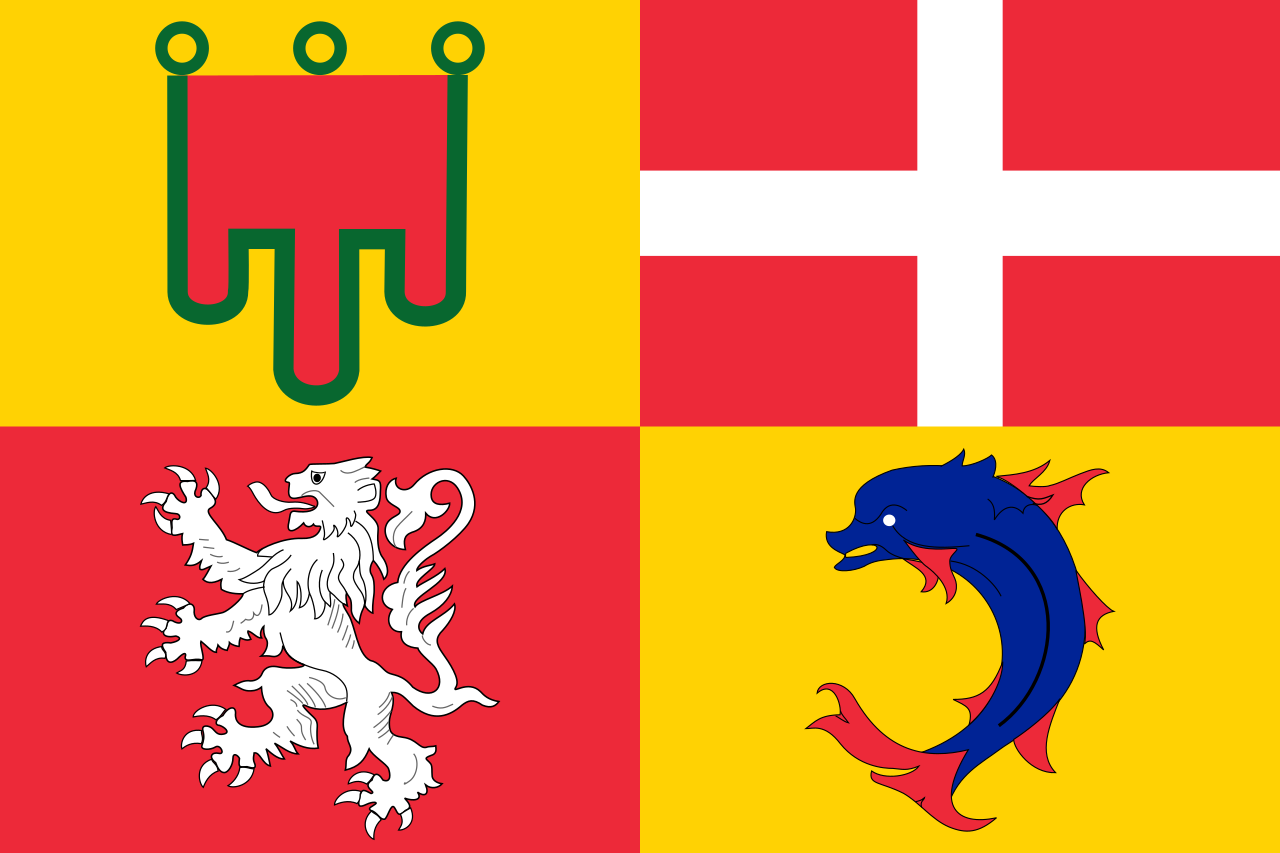 Auvergne-Rhône-Alpes
Auvergne-Rhône-Alpes

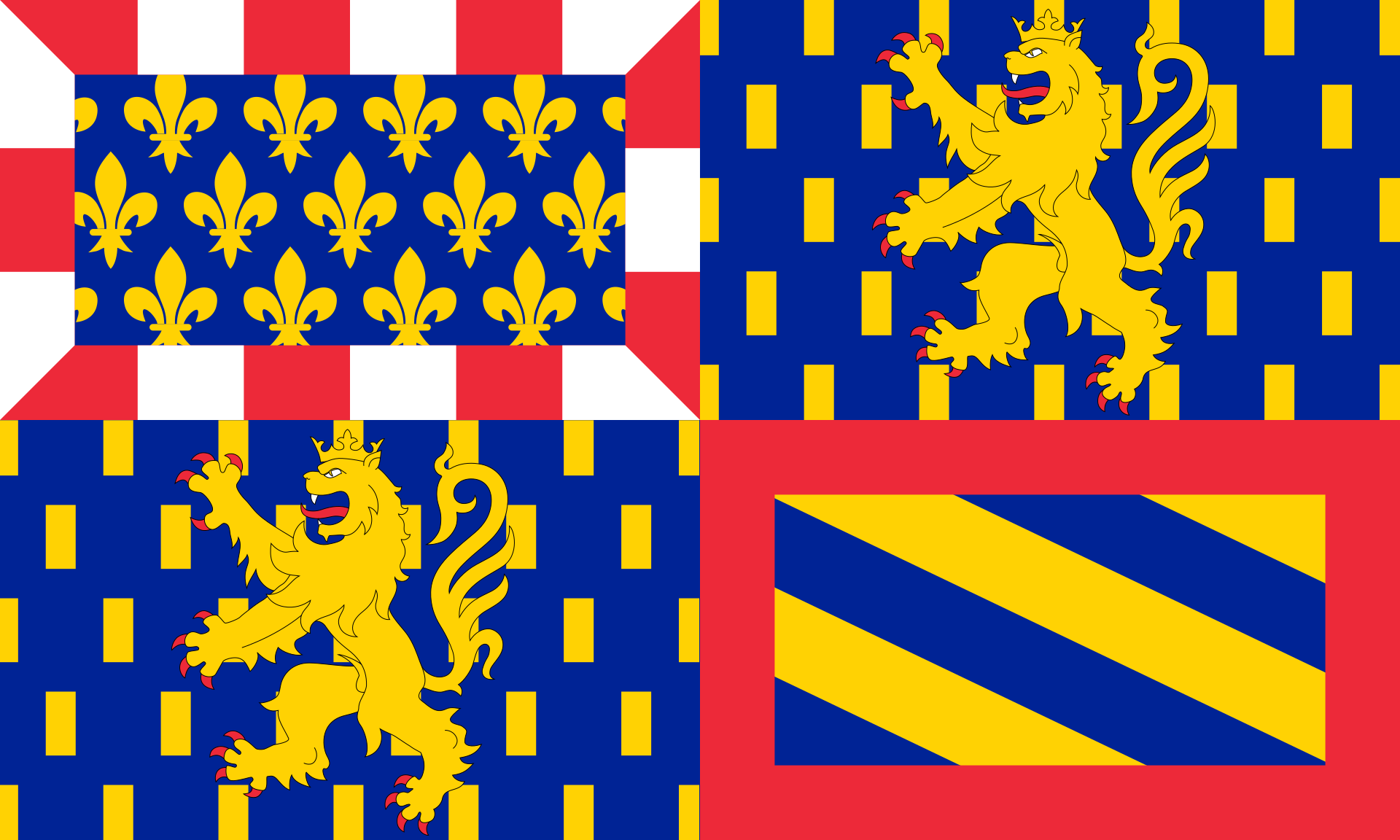 Bourgogne-Franche-Comté
Bourgogne-Franche-Comté

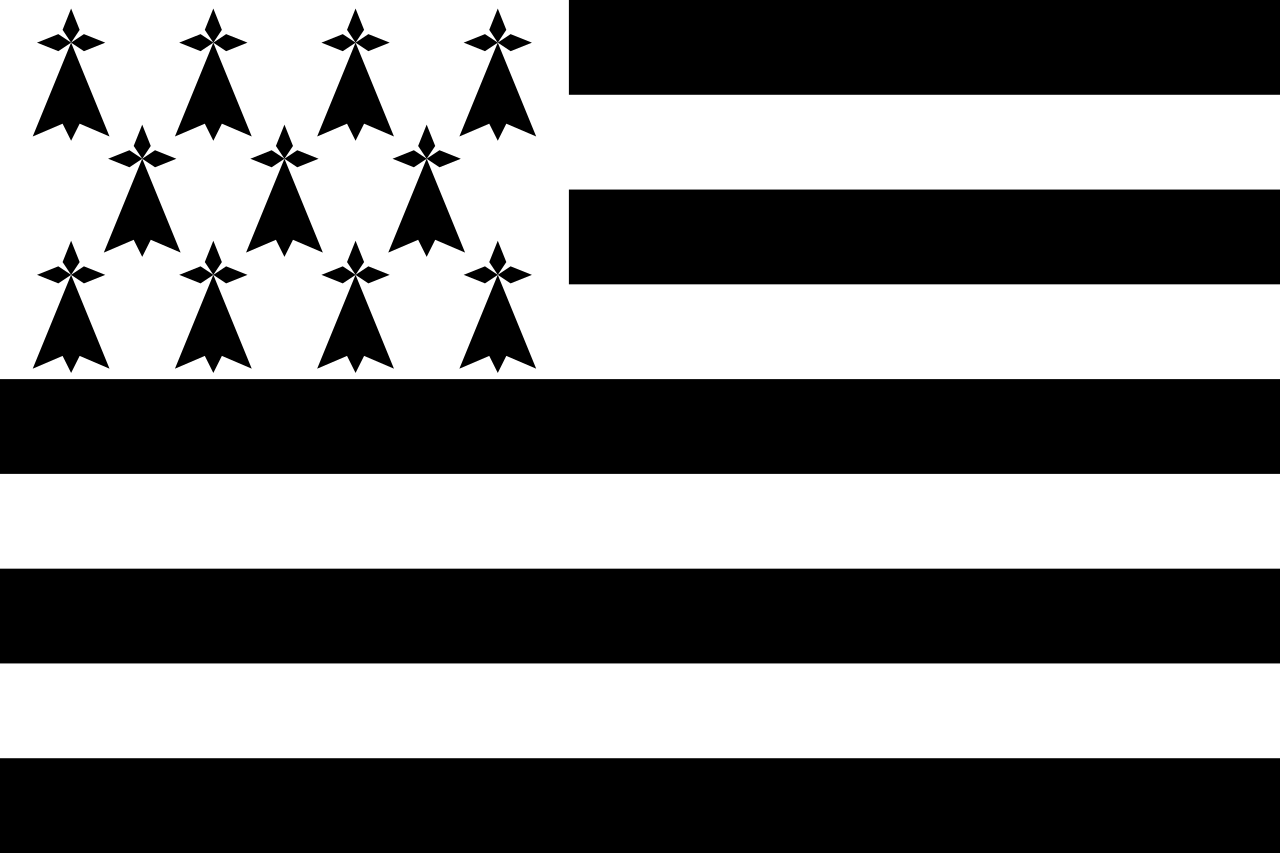 Bretagne
Bretagne

 Centre-Val de Loire
Centre-Val de Loire
 Champagne-Ardenne
Champagne-Ardenne

 Corse
Corse
 DOM
DOM
 France
France

 Geography
Geography

 Grand Est
Grand Est

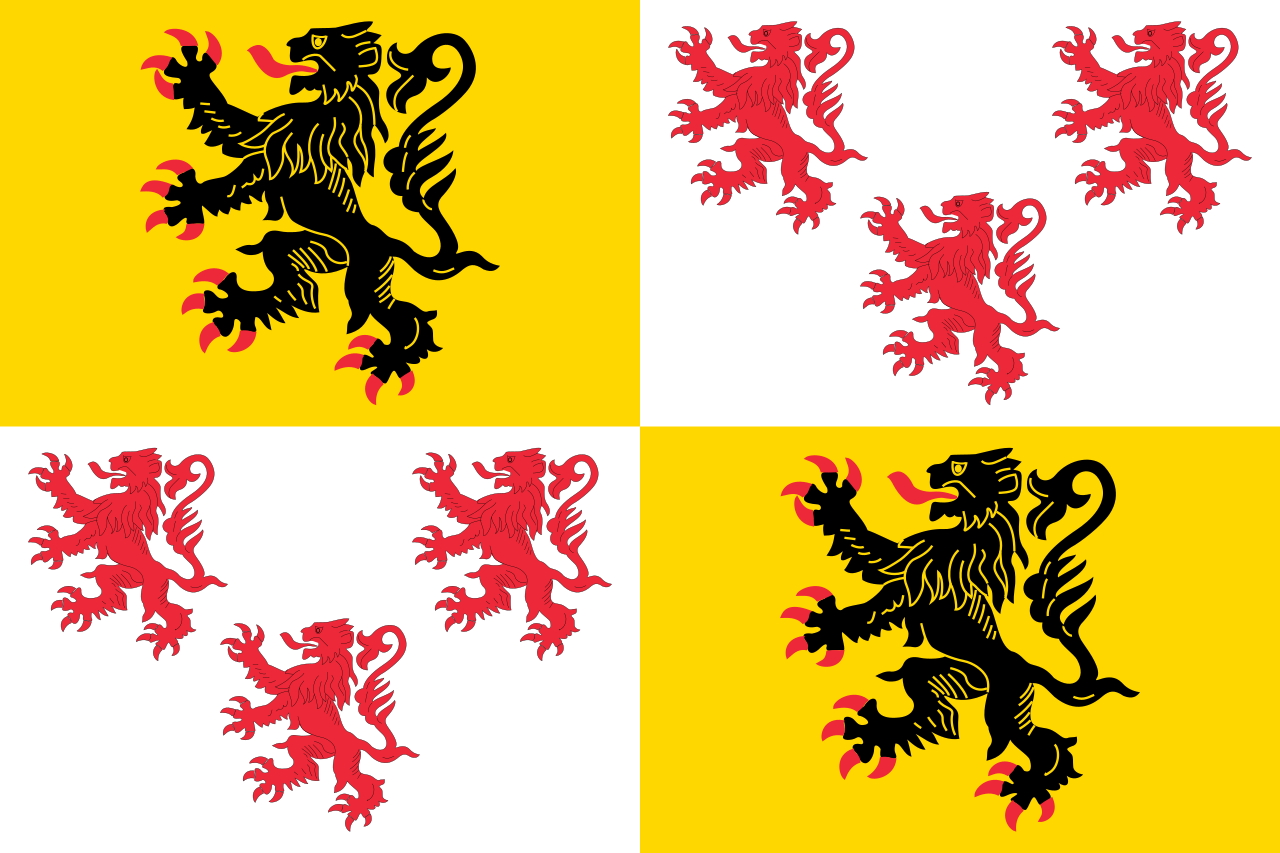 Hauts-de-France
Hauts-de-France

 Ile-de-France
Ile-de-France

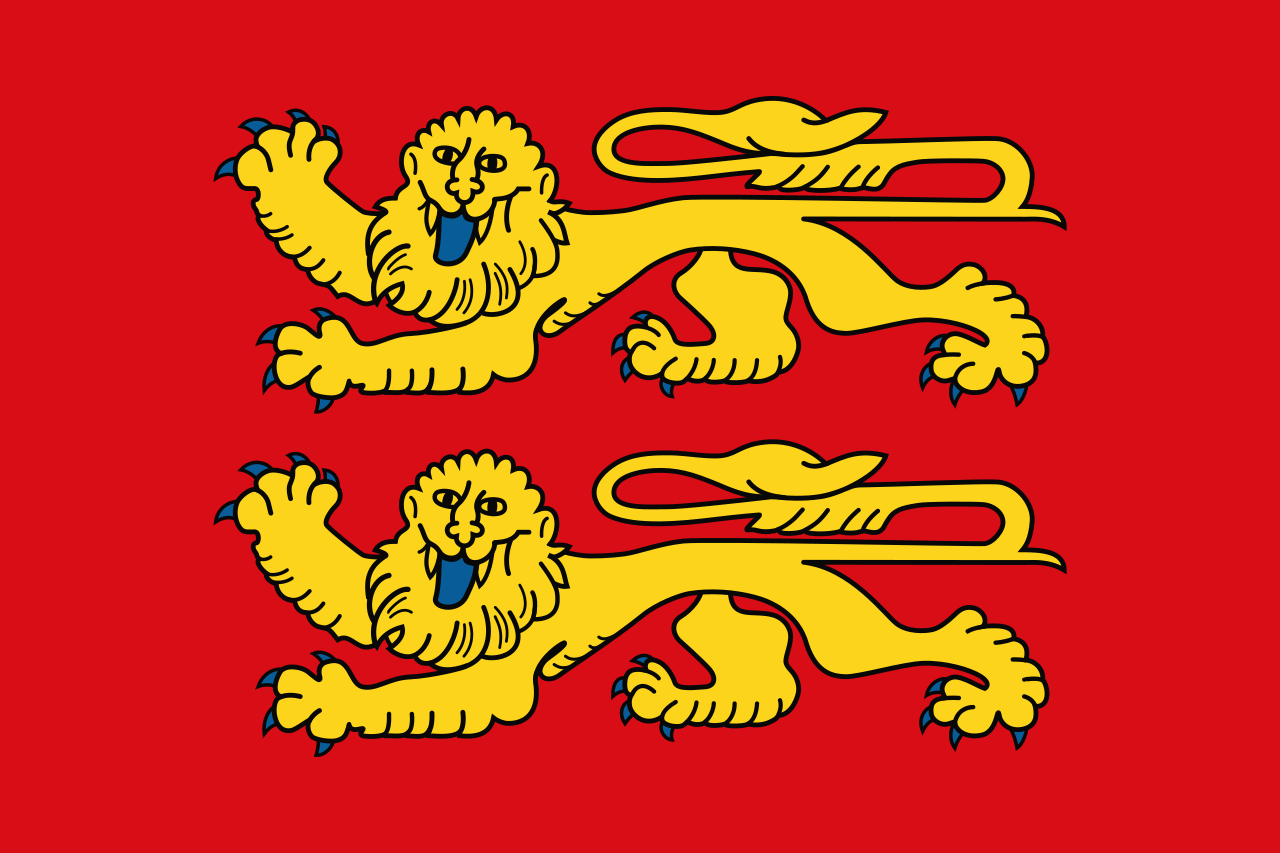 Normandie
Normandie

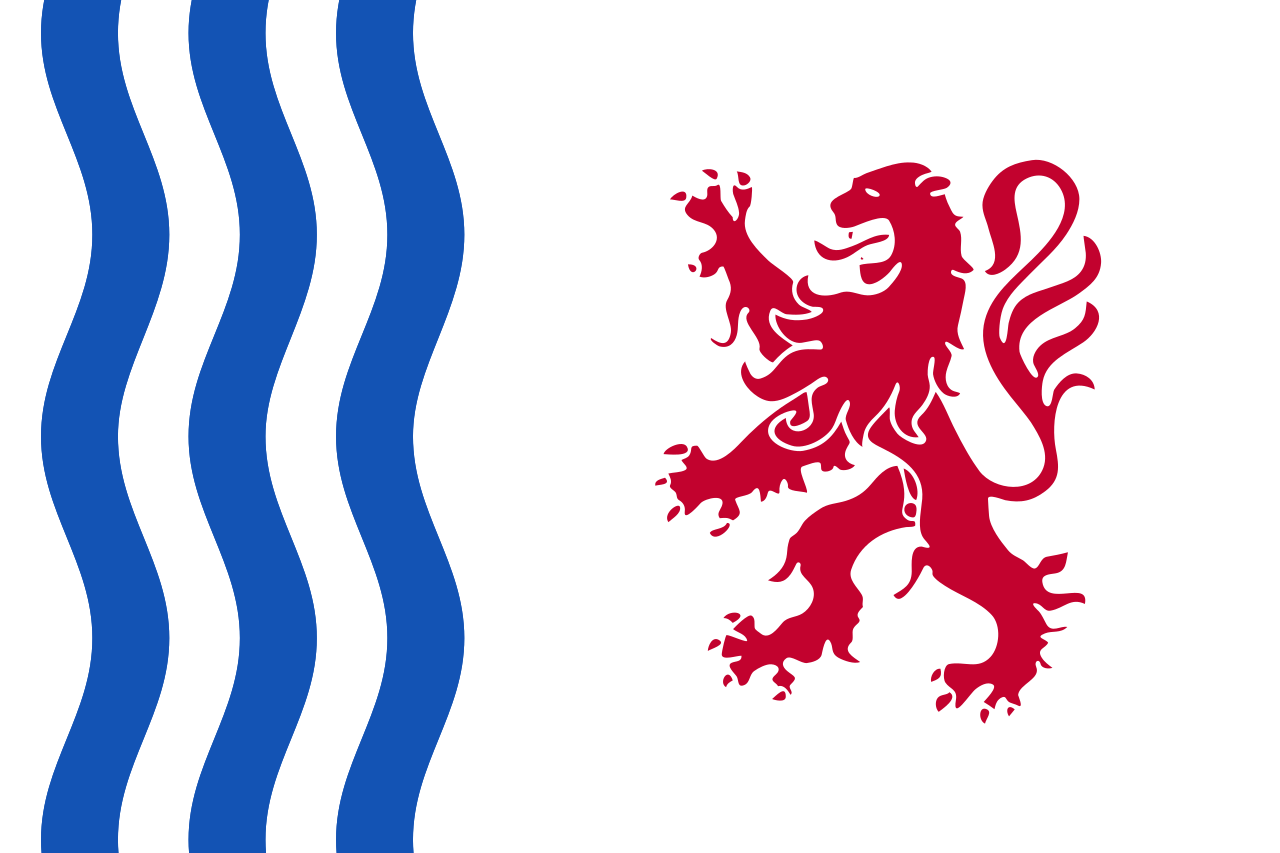 Nouvelle-Aquitaine
Nouvelle-Aquitaine

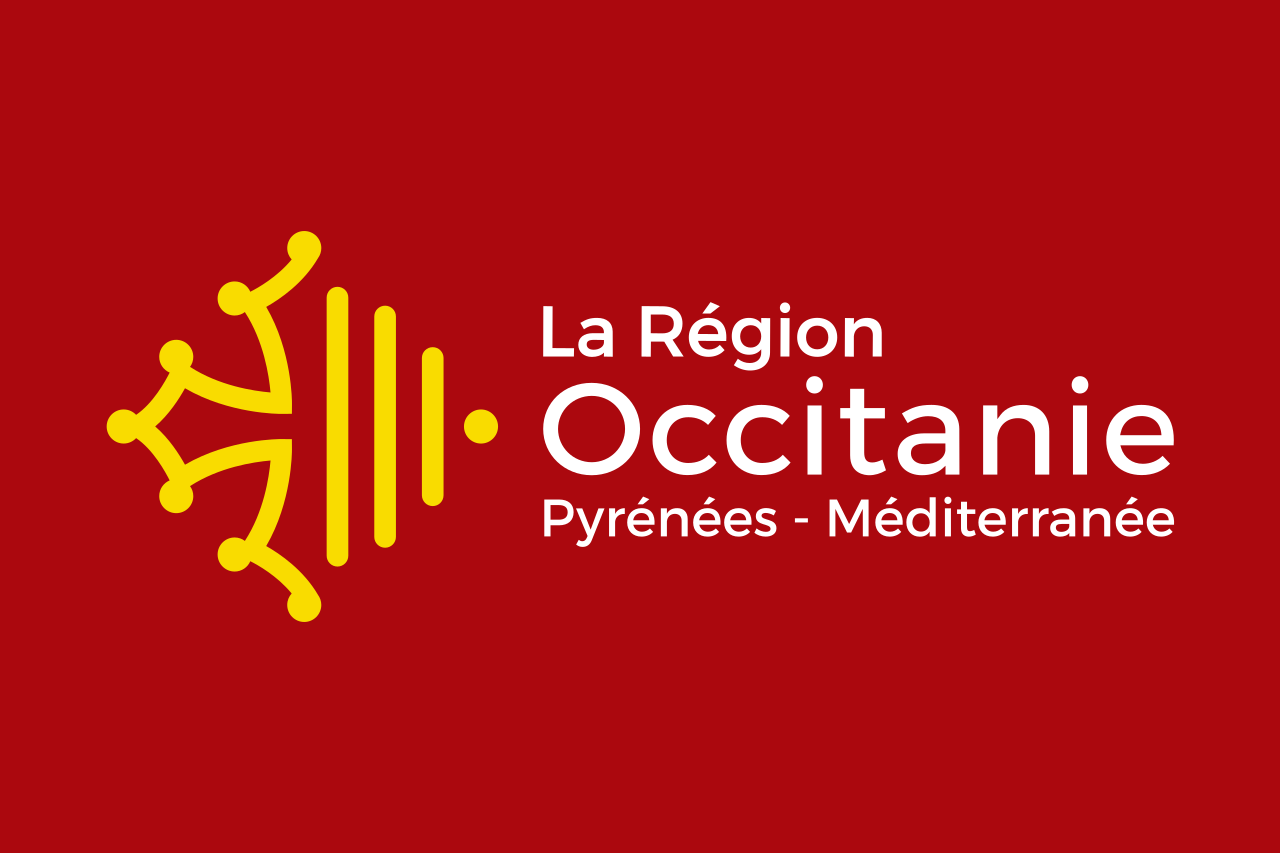 Occitania
Occitania

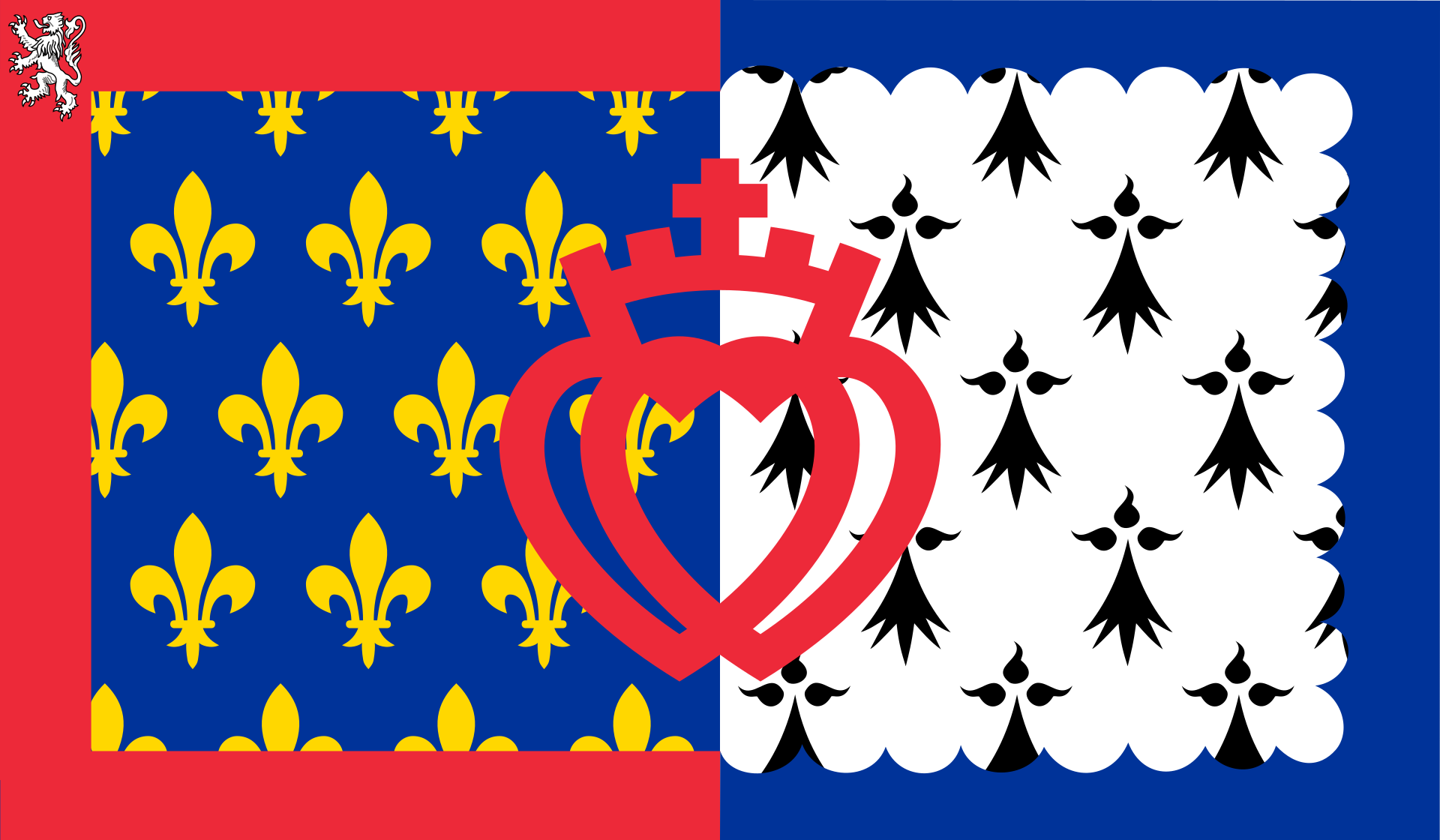 Pays-de-la-Loire
Pays-de-la-Loire

 Provence-Alpes-Côte d´Azur
Provence-Alpes-Côte d´Azur

 France
France
 UEFA European Championship 2016
UEFA European Championship 2016
 Women's Soccer World Cup 2019
Women's Soccer World Cup 2019

 Provence-Alpes-Côte d´Azur
Provence-Alpes-Côte d´Azur

 Sport
Sport

 Sport
Sport
 Triathlon
Triathlon

ニース(Nice)は、フランスの南東部に位置する都市で、アルプ=マリティーム県の県庁所在地である。プロバンス語(ニサール語)ではニッサ(Niça、Nissa)、イタリア語ではニッツァ(Nizza)という。
地中海・コート・ダジュールに面する、世界的に有名な保養地・観光都市である。現在はフランス領であるが、歴史的にイタリア文化圏に属した時代が長かったため、言語・文化の面ではフランスよりイタリアに近い特徴がある。
Nice (/niːs/, French pronunciation: [nis]; Niçard Occitan: Niça, classical norm, or Nissa, nonstandard, pronounced [ˈnisa]; Italian: Nizza [ˈnittsa]; Greek: Νίκαια; Latin: Nicaea) is the seventh most populous urban area in France and the capital of the Alpes-Maritimes département. The metropolitan area of Nice extends beyond the administrative city limits, with a population of about 1 million[1][2] on an area of 721 km2 (278 sq mi).[1] Located in the French Riviera, on the south east coast of France on the Mediterranean Sea, at the foot of the Alps, Nice is the second-largest French city on the Mediterranean coast and the second-largest city in the Provence-Alpes-Côte d'Azur region after Marseille. Nice is approximately 13 kilometres (8.1 mi) from the principality of Monaco and 30 kilometres (19 mi) from the French-Italian border. Nice's airport serves as a gateway to the region.
The city is nicknamed Nice la Belle (Nissa La Bella in Niçard), which means Nice the Beautiful, which is also the title of the unofficial anthem of Nice, written by Menica Rondelly in 1912.
The area of today's Nice contains Terra Amata, an archaeological site which displays evidence of a very early use of fire. Around 350 BC, Greeks of Marseille founded a permanent settlement and called it Nikaia, after Nike, the goddess of victory.[3] Through the ages, the town has changed hands many times. Its strategic location and port significantly contributed to its maritime strength. For centuries it was a dominion of Savoy, and was then part of France between 1792 and 1815, when it was returned to the Kingdom of Piedmont-Sardinia until its re-annexation by France in 1860.
The natural environment of the Nice area and its mild Mediterranean climate came to the attention of the English upper classes in the second half of the 18th century, when an increasing number of aristocratic families took to spending their winters there. The city's main seaside promenade, the Promenade des Anglais ("Walkway of the English") owes its name to visitors to the resort.[4] The clear air and soft light have particularly appealed to notable painters, such as Marc Chagall, Henri Matisse, Niki de Saint Phalle and Arman. Their work is commemorated in many of the city's museums, including Musée Marc Chagall, Musée Matisse and Musée des Beaux-Arts.[5] Nice has the second largest hotel capacity in the country[6] and it is one of its most visited cities, receiving 4 million tourists every year.[7] It also has the third busiest airport in France, after the two main Parisian ones.[8] It is the historical capital city of the County of Nice (Comté de Nice).[9]
Nice — prononcé [nis] — (Nissa en nissart ; Nizza en italien) est une commune du Sud-Est de la France, préfecture du département des Alpes-Maritimes et deuxième ville de la région Provence-Alpes-Côte d'Azur derrière Marseille. Située à l'extrémité sud-est de la France, à une trentaine de kilomètres de la frontière franco-italienne, elle est établie sur les bords de la mer Méditerranée, le long de la baie des Anges et à l'embouchure du Paillon.
Avec 342 637 habitants au dernier recensement de 2016, elle est la cinquième commune de France en population (après Paris, Marseille, Lyon et Toulouse). Elle est située au cœur de la septième aire urbaine de France, avec 1 004 914 habitants en 20121. La ville est le centre d'une métropole, Nice Côte d'Azur2, qui rassemble quarante-neuf communes et 537 769 habitants en 20123, 536 327 en 2013. La population du Scot de Nice (Schéma de cohérence territoriale), créé en 2003 et regroupant vingt-neuf communes, est estimée à 517 500 habitants en 20054.
Située entre mer et montagne, capitale économique et culturelle de la Côte d'Azur, Nice bénéficie d'importants atouts naturels. Le tourisme, le commerce et les administrations (publiques ou privées) occupent une place importante dans l'activité économique de la ville. Elle possède la troisième capacité hôtelière du pays5après Paris et Lourdes, et deuxième en nombre d'hôtels après Paris, en accueillant chaque année 4 millions de touristes6. Elle dispose également du troisième aéroport de France7,8 (le premier de province) et de deux palais des congrès consacrés au tourisme d'affaires. La ville possède aussi une université et plusieurs quartiers d'affaires. Nice est enfin dotée de certains équipements culturels importants. Elle possède ainsi de nombreux musées (il s'agit même de la ville qui en compte le plus en France, après Paris), un théâtre national, un opéra, une bibliothèque à vocation régionale, un conservatoire à rayonnement régional et des salles de concert.
Capitale de la Viguerie de Nice, elle faisait autrefois partie du Comté de Provence, avant de choisir la protection du Comté de Savoie à la suite de la guerre civile provençale de l'Union d'Aix gagnée par les pro-angevins (Marseille, Arles, Antibes, etc.) face aux pro-carlistes (Aix, Toulon, Nice, etc.). Son territoire et les autres vigueries sont renommées Terres Neuves de Provence par la Savoie en 1388 (Acte de Dédition) pour devenir en 1526 la capitale du Comté de Nice. En 1713, la Savoie obtient, par héritage, la Sicile qu'elle échange ensuite en 1720 avec la Sardaigne, donnant naissance au royaume de Sardaigne ou États-Sardes. Ce nouvel ensemble, installé des deux côtés des Alpes, forme ainsi l'un des États italiens pré-unitaires, dont la capitale est fixée à Turin. Nice ne devient définitivement française qu'en 1860, un an avant la réalisation de l'unité italienne. Ses habitants sont appelés les Niçoises et Niçois (Nissarda et Nissart en niçois).
Nizza (Nice in francese, Niça o Nissa in dialetto nizzardo)[2] è una città di 344.400 abitanti[3] della repubblica francese affacciata sulla Costa Azzurra, di cui è il maggior centro, vicino alla frontiera con l'Italia, nel dipartimento delle Alpi Marittime.
È il quinto comune della Francia per popolazione (dopo Parigi, Marsiglia, Lione e Tolosa) con 343.629 abitanti nel 2012. La sua area metropolitana (unité urbaine de Nice) tuttavia, raggiunge 943.695 abitanti (2012) ed è la settima di Francia dopo Parigi, Marsiglia, Lione, Tolosa, Bordeaux e Lilla. Il suo aeroporto intercontinentale Nice Côte d'Azur posto alla periferia occidentale della città, con i suoi 12.016.730 passeggeri (2015), è il terzo della Francia dopo i due aeroporti parigini. Si tratta di una città a vocazione turistica. È la seconda città francese per capacità alberghiera.
Niza (en francés Nice [nis], en occitano Niça, en nizardo Nissa, en italiano Nizza) es una ciudad francesa situada en el departamento de los Alpes Marítimos, en la región de Provenza-Alpes-Costa Azul.
Es uno de los centros de la turística Costa Azul, junto al mar Mediterráneo, próximo a la frontera con Italia (30 km) y Mónaco (20 km), encontrándose en las estribaciones de los Alpes, al este del río Var. Niza está situada a 960 km de París, 230 km de Marsella, la capital regional, 195 km de Génova y 215 km de Turín. Se trata de la ciudad más grande de la Costa Azul, extendida de Hyères a Menton. Sus balnearios y playas atraen a un turismo de alto nivel adquisitivo, al igual que sus paseos, sus museos, su vida nocturna y sus magníficas vistas del mar constituyen un atractivo para el turismo. Por su área urbana, es también la séptima ciudad de Francia.
Niza, capital histórica del Condado de Niza, estuvo ligada a Italia hasta su invasión y anexión francesa a finales del siglo XIX. Una parte de su población conserva el dialecto nizardo, una variedad de la lengua ligur fuertemente influida por la lengua occitana después de 1860. En zonas cercanas a la ciudad se hablan variantes del ligur, incluyendo la monegasca y la del valle del Roya. Es muy probable que en la Edad Media el ligur fuera la lengua vehicular de la ciudad.
Ни́цца (фр. Nice [nis], окс. Niça, итал. Nizza, лат. Nicaea, др.-греч. Νίκαια) — средиземноморский город, порт и коммуна на юго-востоке Франции в регионе Прованс — Альпы — Лазурный берег. Административный центр департамента Приморские Альпы, округа Ницца и 9 кантонов (Ницца-1 — Ницца-9)[2]. Более 352 тысяч жителей (2007). Крупный транспортный узел. Одно из главных курортных мест Лазурного Берега (или Французской Ривьеры).


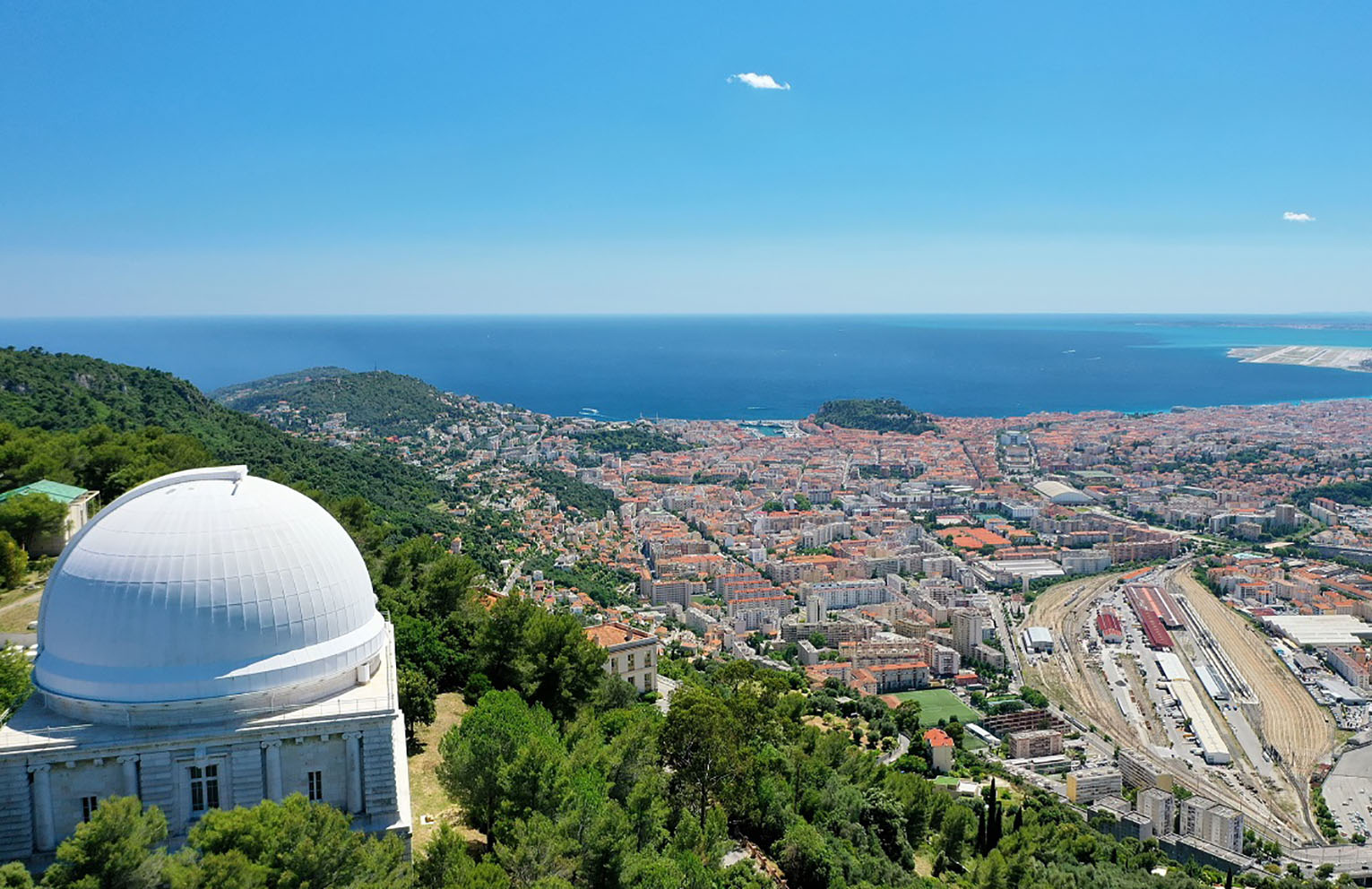
 Architecture
Architecture
 Museum
Museum
 Animal world
Animal world
 International cities
International cities
 Religion
Religion
 History
History
 Astronomy
Astronomy